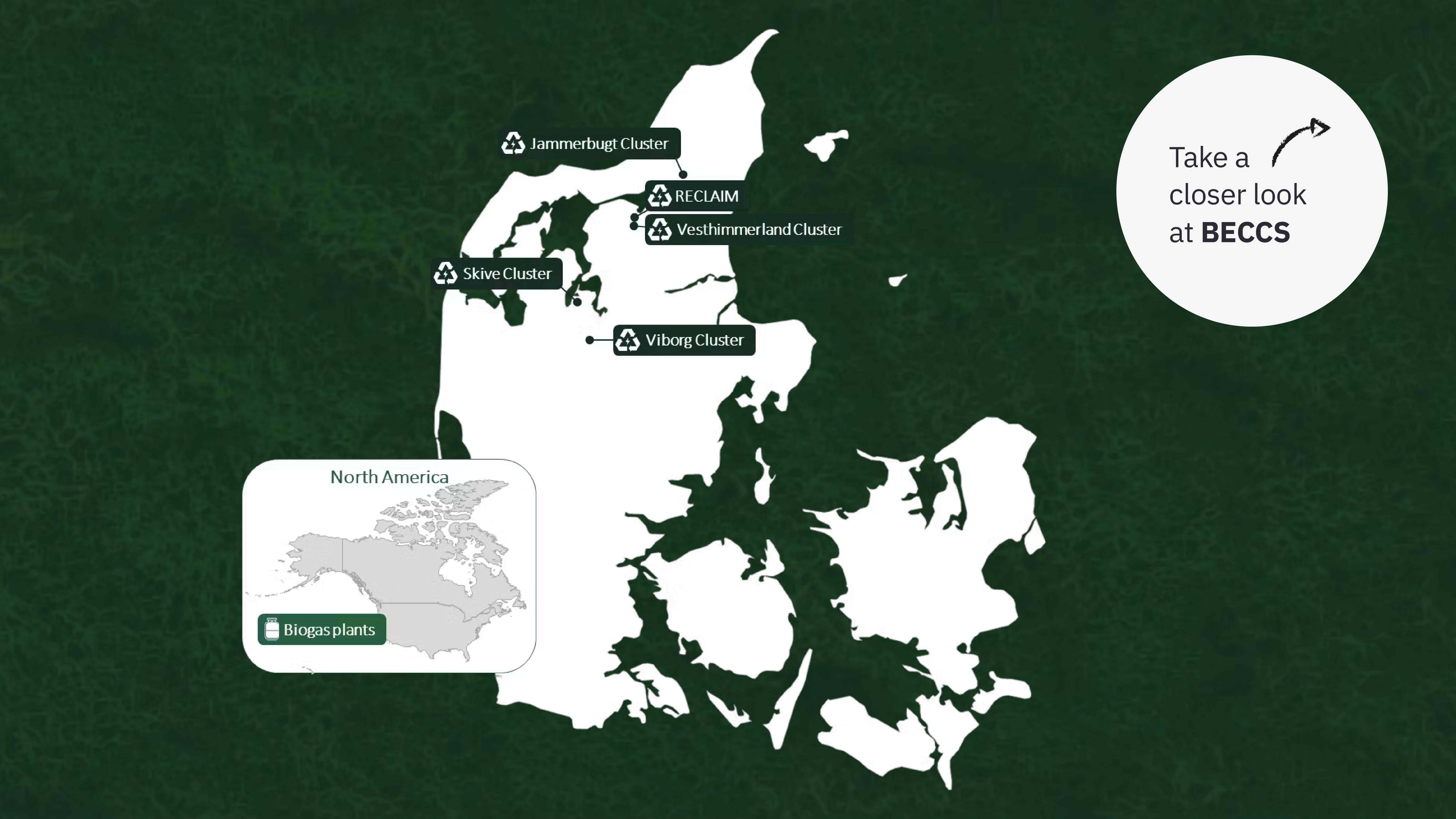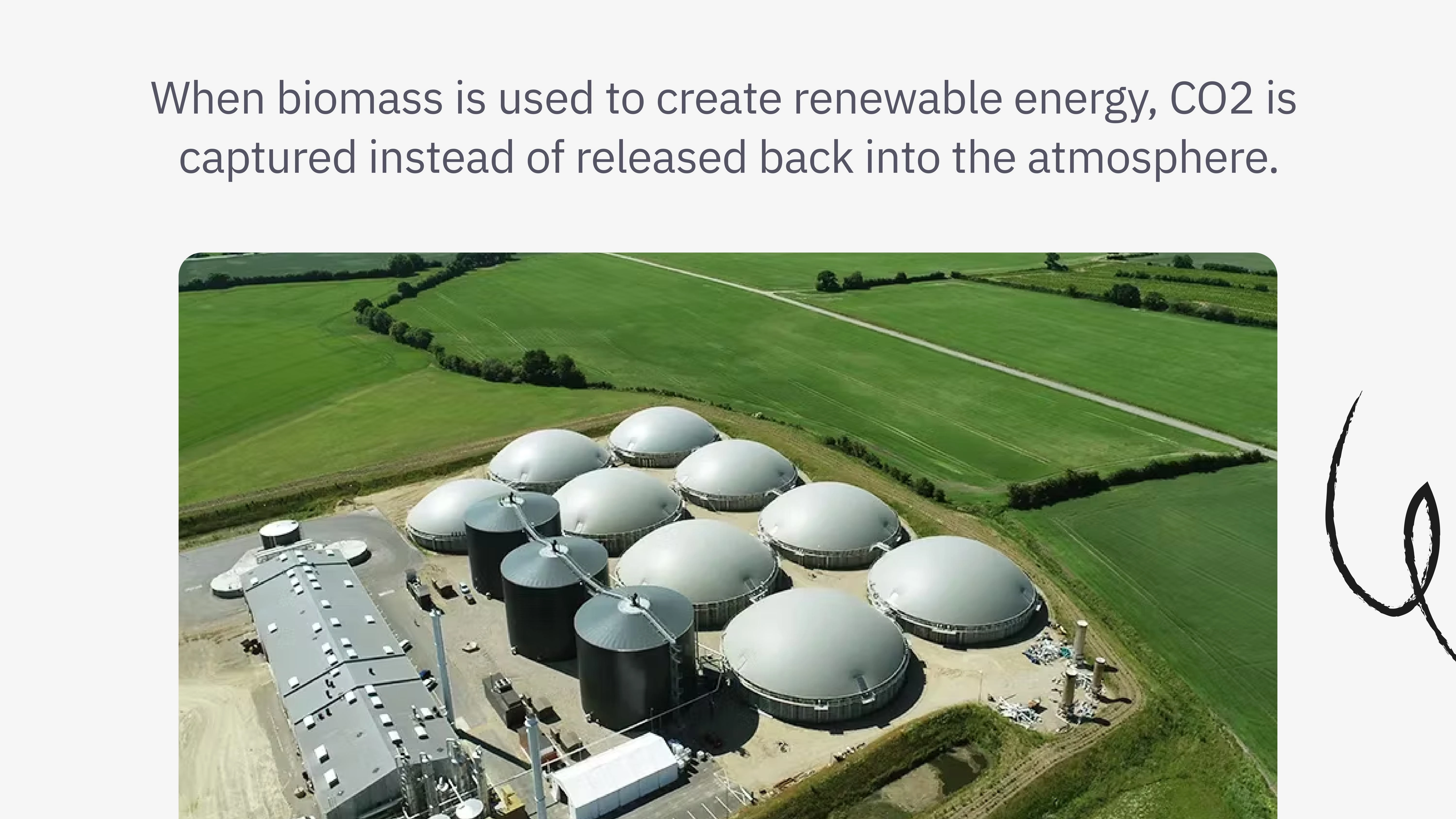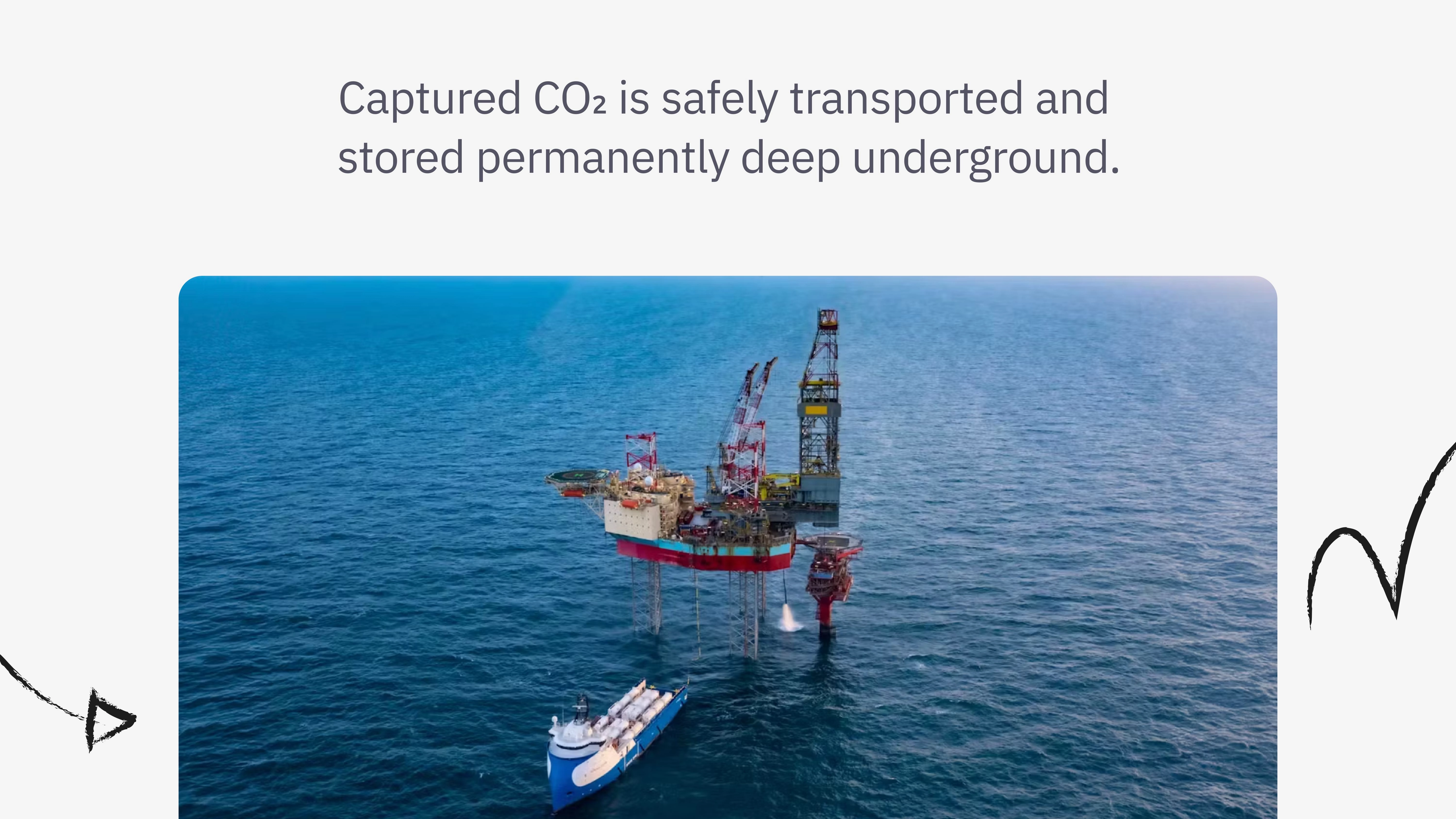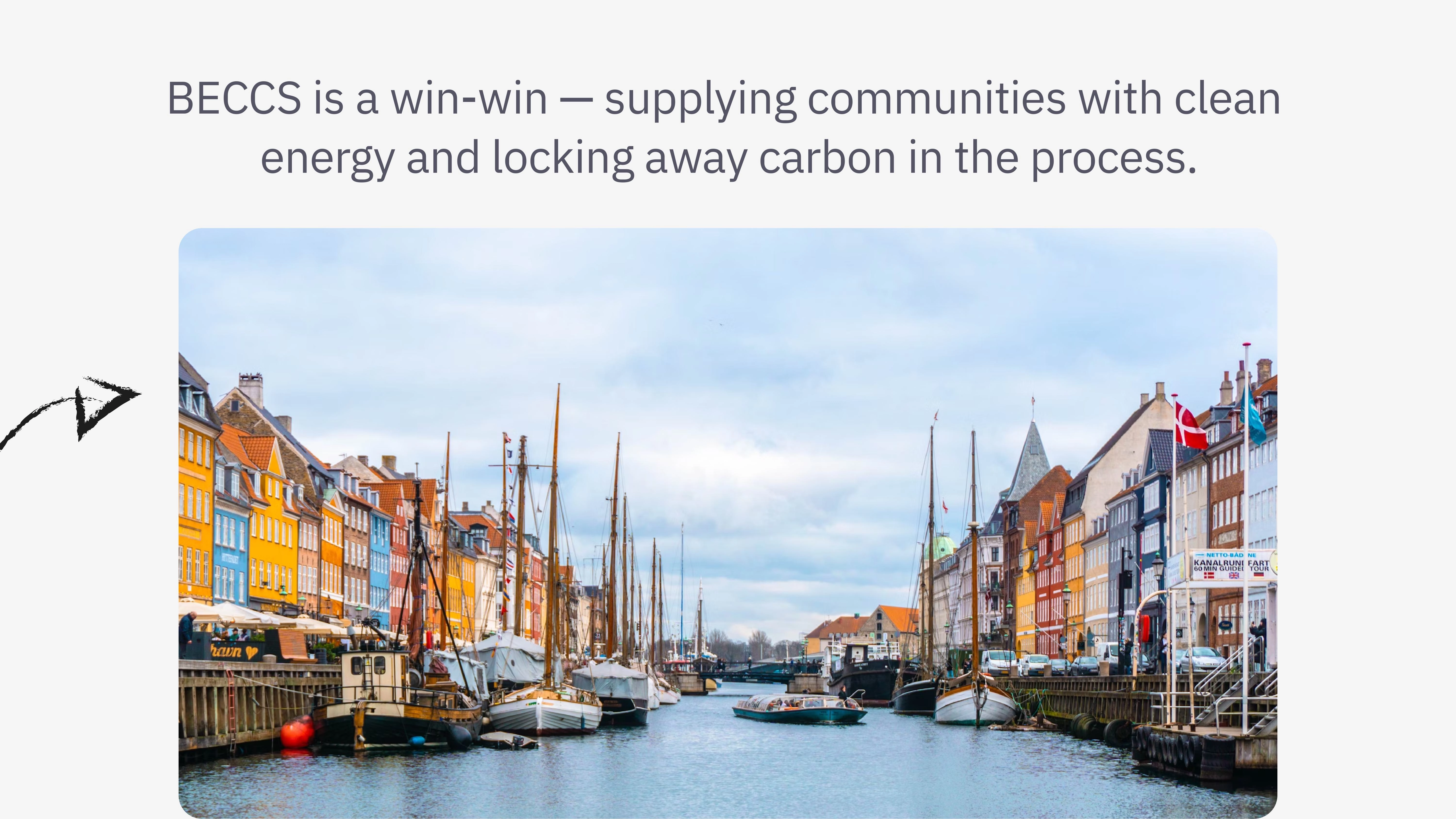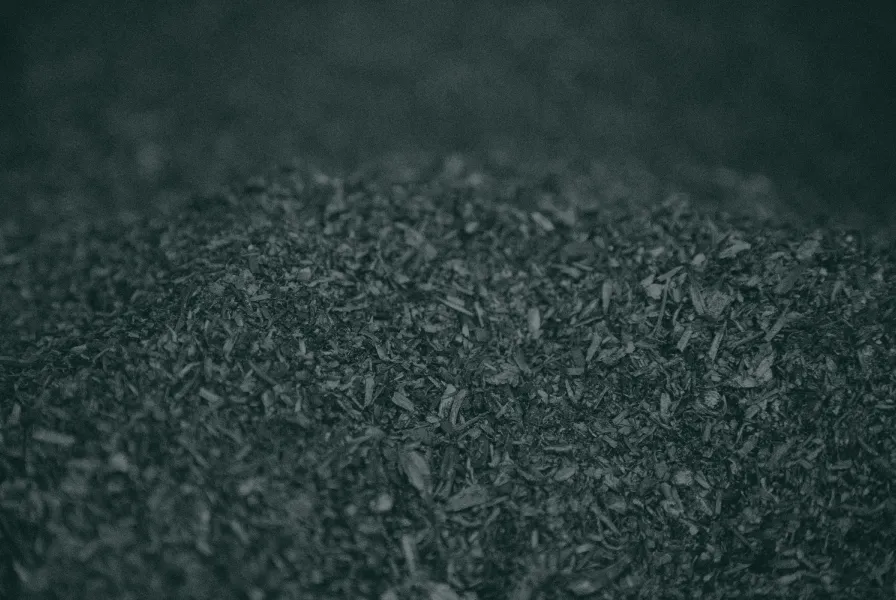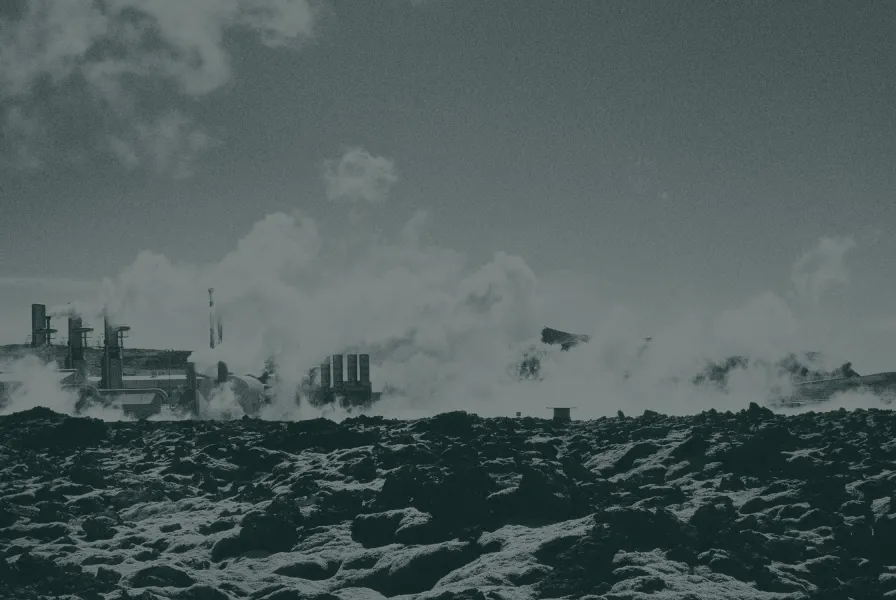Overview
Bioenergy with carbon capture and storage (BECCS) is a powerful engineered carbon removal method. Biomass absorbs atmospheric CO₂ as it grows. BECCS captures the CO₂ when the biomass is used to generate energy and stores it underground for thousands of years or longer.
BECCS leverages existing bioenergy infrastructure, which makes it uniquely positioned to scale rapidly. It delivers large volumes of carbon removal, backed by rigorous MRV (Monitoring, Reporting, and Verification). These projects don’t just remove CO₂, they also generate renewable energy, offering co-benefits that align with broader sustainability goals.
That said, BECCS is not without risks. Most projects are still early-stage, with only a few suppliers having delivered credits. Concerns over land use, feedstock sustainability, and competition with food production must be addressed. Regulatory and logistical hurdles for CO₂ transport and storage also persist.
